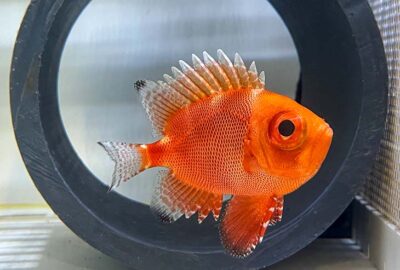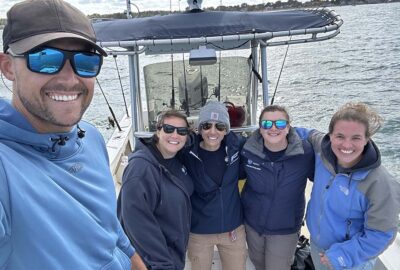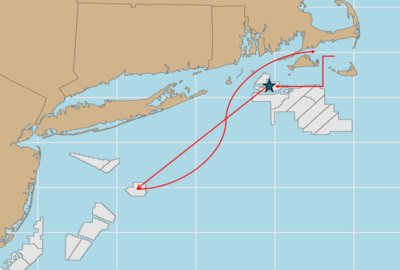Southern New England Surveys, Take Two
By New England Aquarium on Thursday, April 28, 2022

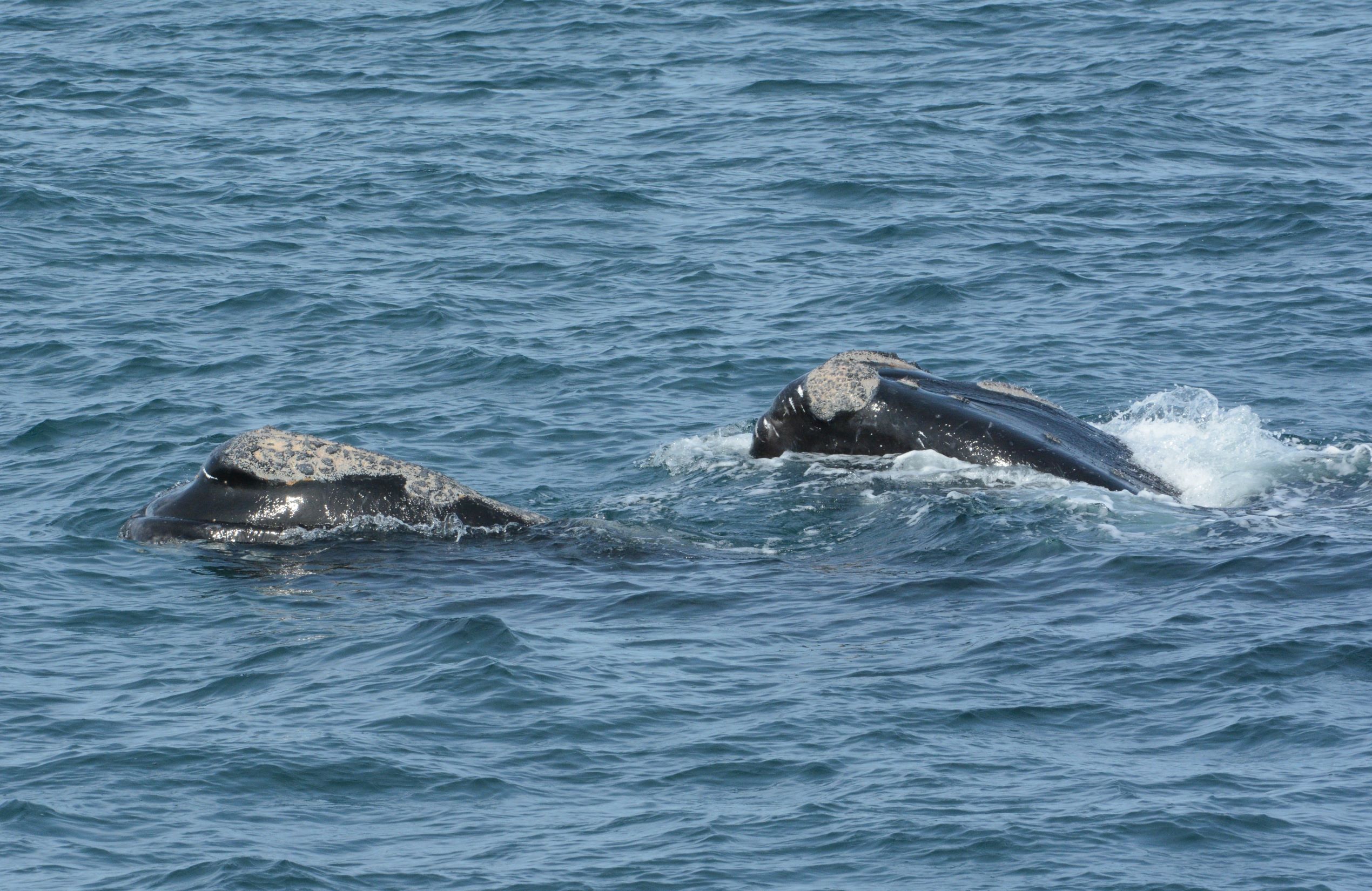
By Kate McPherson
In our last blog post on vessel work in Southern New England, we introduced you to the North Atlantic right whale research being conducted in this region by our team aboard the charter fishing boat Helen H. With our trips dictated by suitable sea conditions offshore, fickle January weather limited us to just two boat days during the first two-week window we had set aside, and the second two-week timeframe was no different. Based out of our temporary field station on Cape Cod, the team conducted two more surveys on March 1 and 5, with high hopes of finding right whales south of Nantucket and Martha’s Vineyard.
On our first trip, we left the dock at 3 a.m., wanting to get in as much surveying as possible while avoiding high winds that were forecast for late in the day. We had 3 hours of travel time before we went on watch, so we tried to make up for some of the lost sleep from the night before. It’s amazing how comfortable a cabin bench can be when you’re tired! Soon enough, we were out on deck bundled in our winter gear, scanning the horizon for telltale signs of whales.
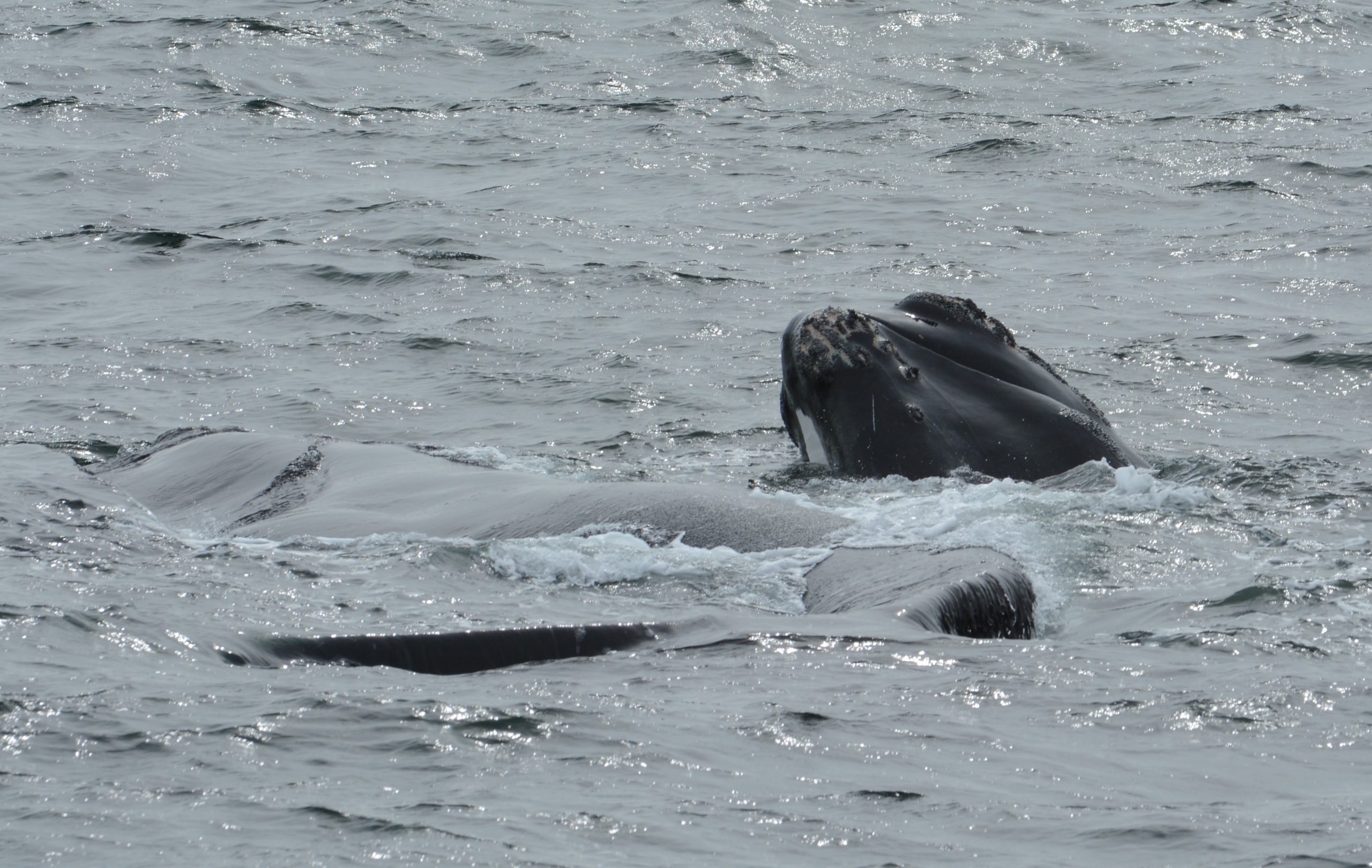
We were fortunate to be coordinating our vessel efforts with the New England Aquarium aerial survey team and before noon, we were on our way to two right whales they had spotted. Although the plane initially reported two whales interacting at the surface, referred to as a surface active group (SAG), by the time we arrived we found a SAG of three individuals. These whales were spending a lot of time at the surface rolling and stroking each other and we were able to get plenty of photographs and video. Two of the whales had very distinct markings and were easily identified almost as soon as we saw them: Catalog #3850 named Marlin and Catalog #3714 named Sawtooth. Marlin has a long scar exiting his right mouth resembling the bill of a marlin fish and Sawtooth has a very jagged trailing edge of the left fluke. The third individual in this group was identified as Catalog #3629. All three individuals are adult males ranging in age from 14 to 16 years old.
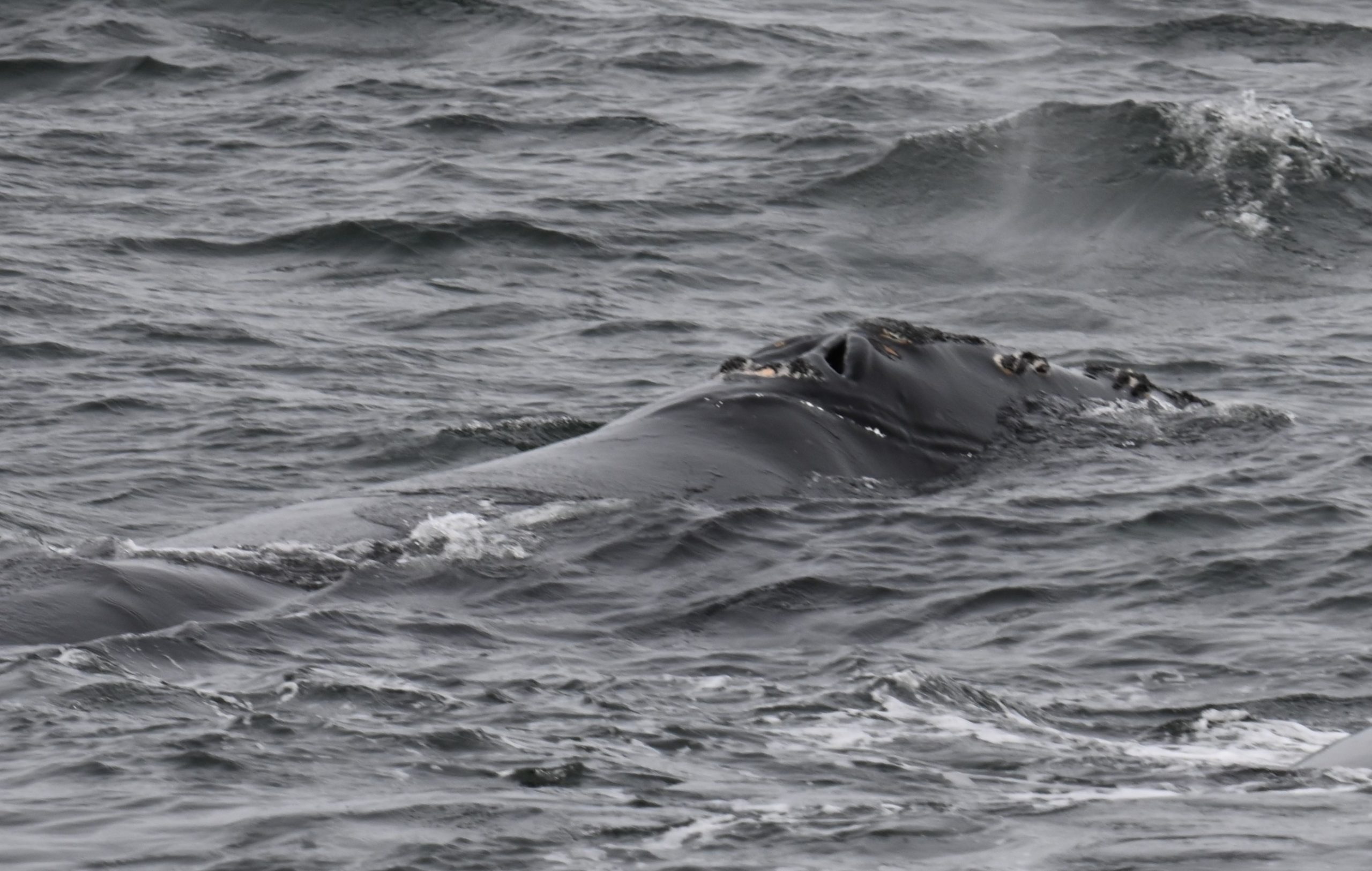
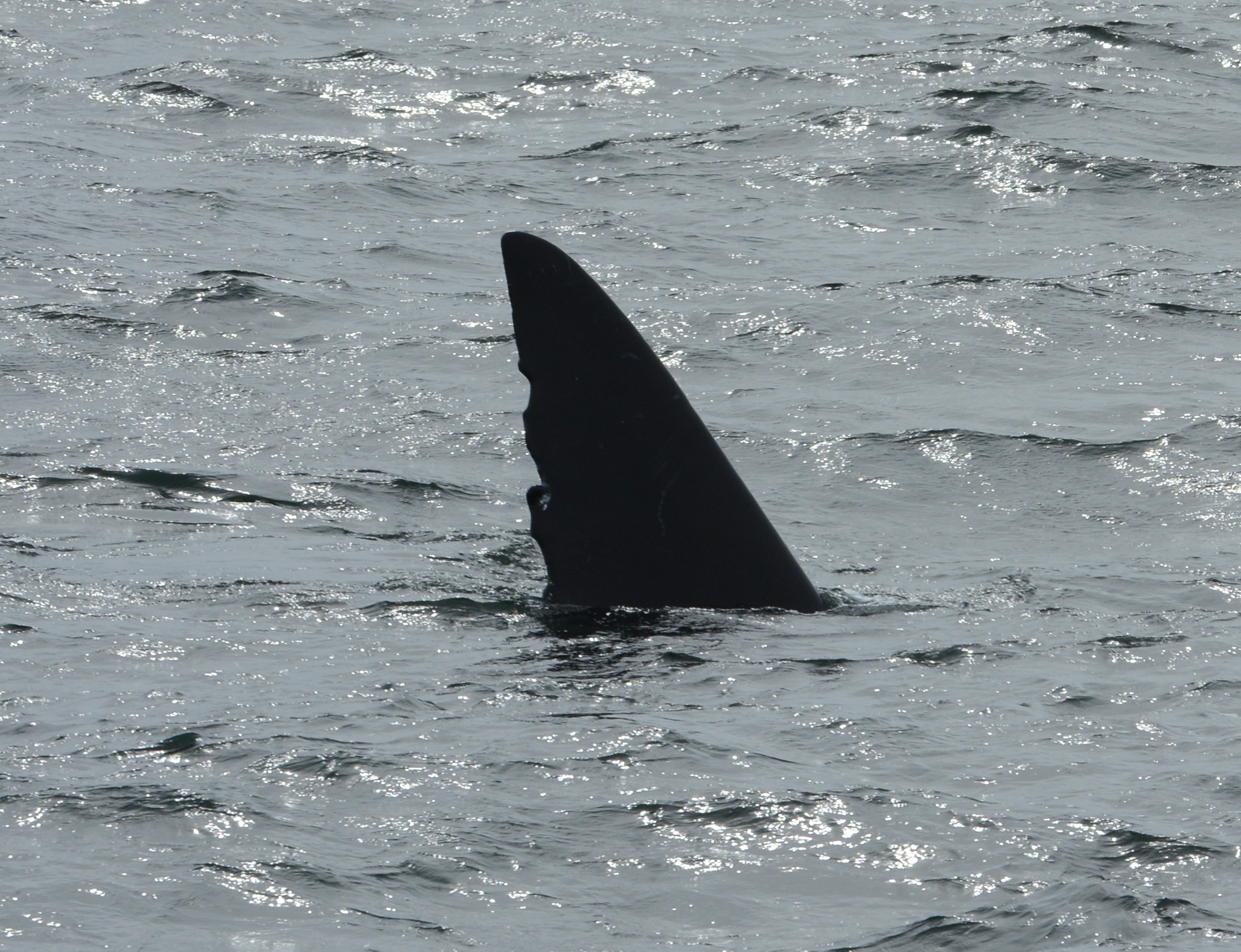
After thoroughly documenting the SAG (and taking time to appreciate how fortunate we were to spend time with three interacting whales), we headed to another location where the plane had sighted a single right whale. When we arrived, we waited for 15 minutes with no sign of the whale, then made the decision to start making our way back to port. We traveled almost as far south as the shipping lanes that run into New York City, and it was a long ride back to port, as we had to limit our speed to 10 knots to comply with the voluntary speed restrictions in the area. With the increasing winds, our ride home was very choppy. It may not have been the smoothest return trip, but after identifying all of our right whales and comparing them with the whales seen by the aerial team, we realized that two of the whales we saw were not seen by the plane! Once again the right whales were proving to be elusive and difficult to monitor from both sky and sea.
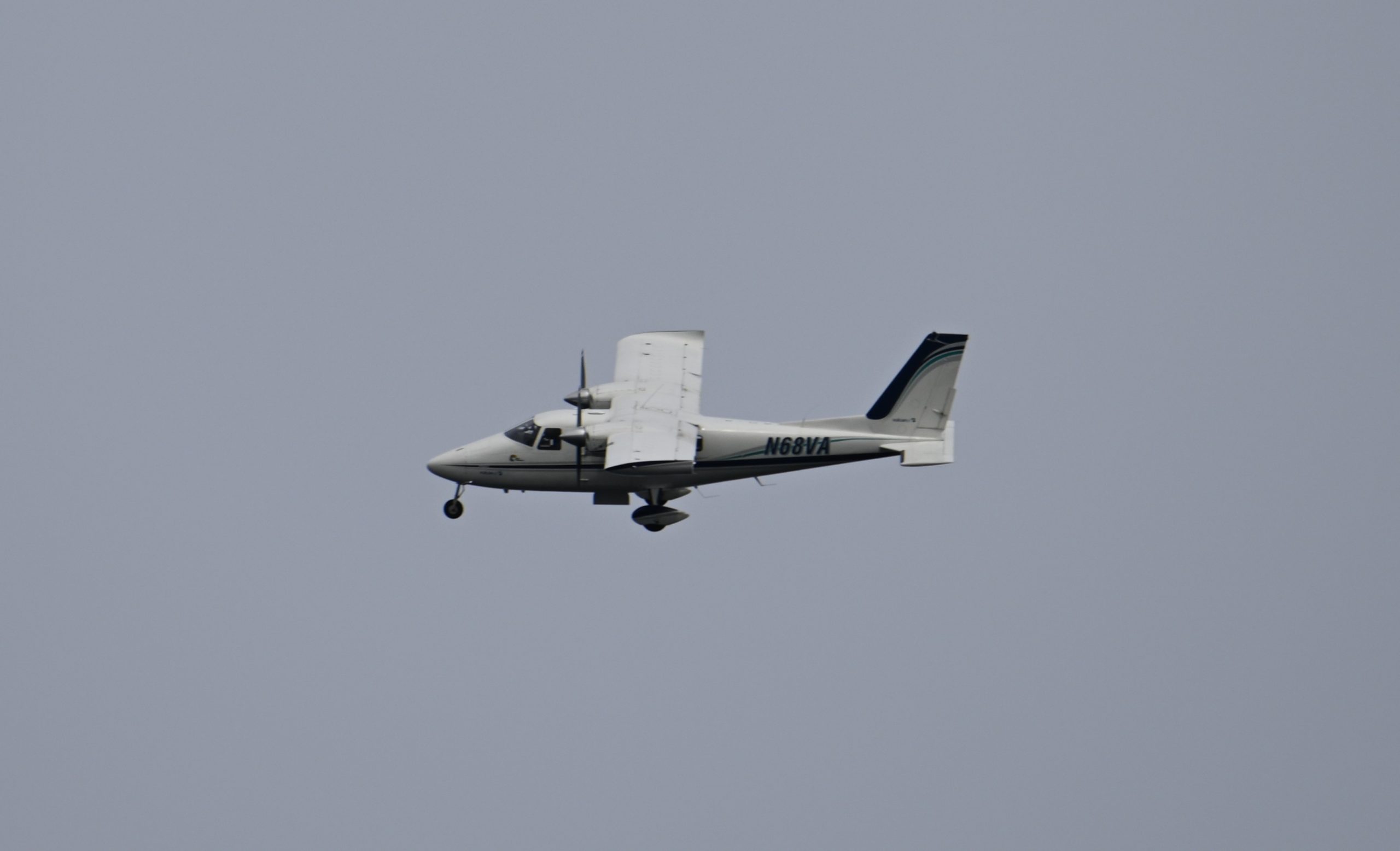
The game of cat and mouse between researchers and right whales continued on our next boat day. While the Helen H was slowly working its way south of Nantucket, another aerial survey team from the Northeast Fisheries Science Center was flying tracklines over the same area and spotted a group of three right whales. It took a while for our vessel to reach their location, but when we arrived on scene we found not three, but four right whales in a very lazy SAG.
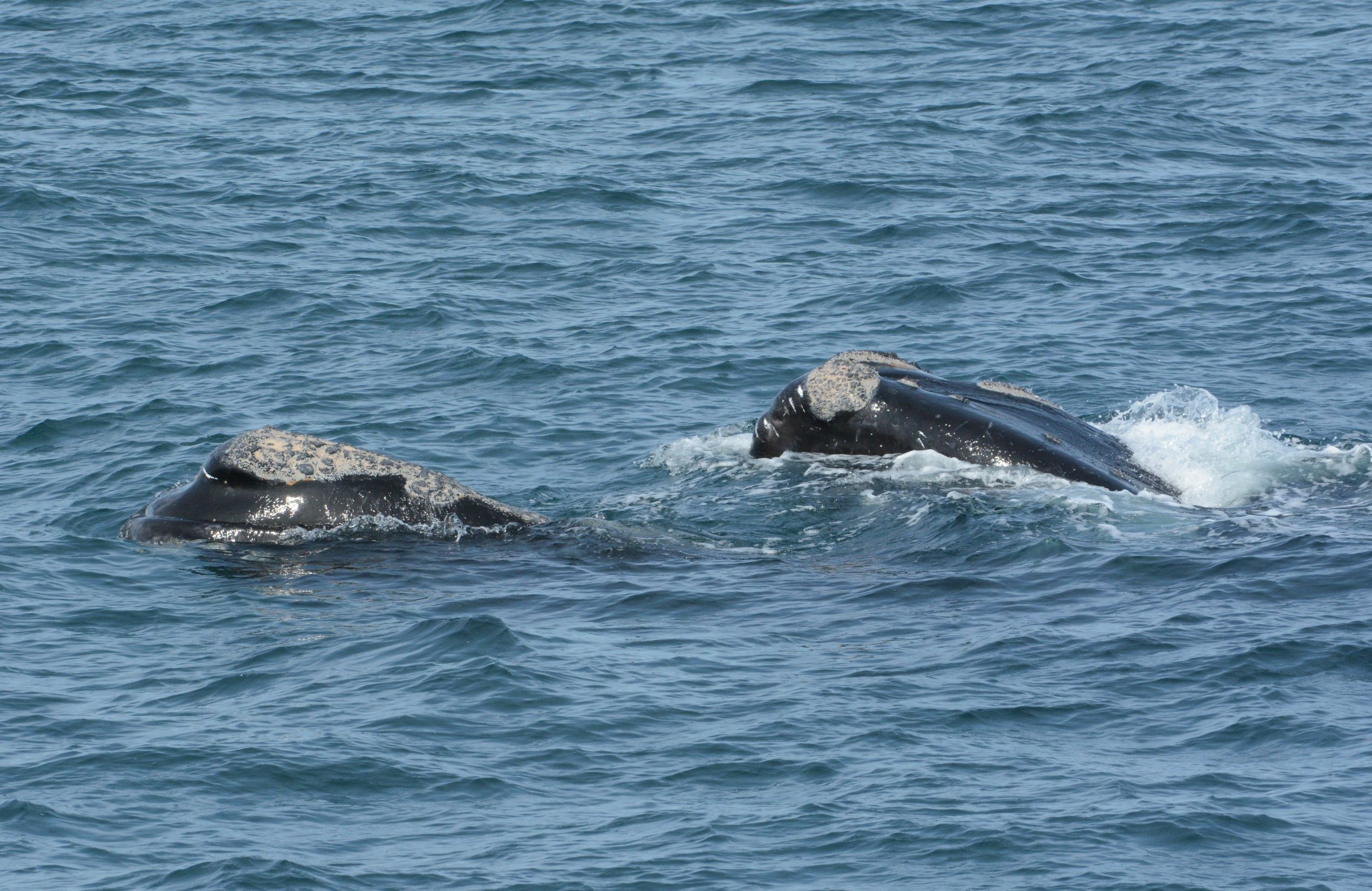
The whales’ movements were a bit erratic and made it difficult to get good photo documentation. Inevitably, as soon as the boat would reach the spot a whale was last seen, it would surface behind us at a distance and sink quickly out of sight again. We stayed with the whales for a little over an hour trying to get useful photographs despite their challenging behavior before we began to slowly make our way back to shore. As the photographs taken were matched against the Catalog, we discovered that the four whales we saw were entirely different from the three whales we had seen only four days prior. One of these was Catalog #4150, a female of unknown age first seen in 2011 and named Accordion due to the propeller scars running across her back. The other individuals were Catalog #4501, a seven-year-old male; Catalog #3390, a female of unknown age first seen in 2003; and Catalog #2940, a twenty-three-year-old male.
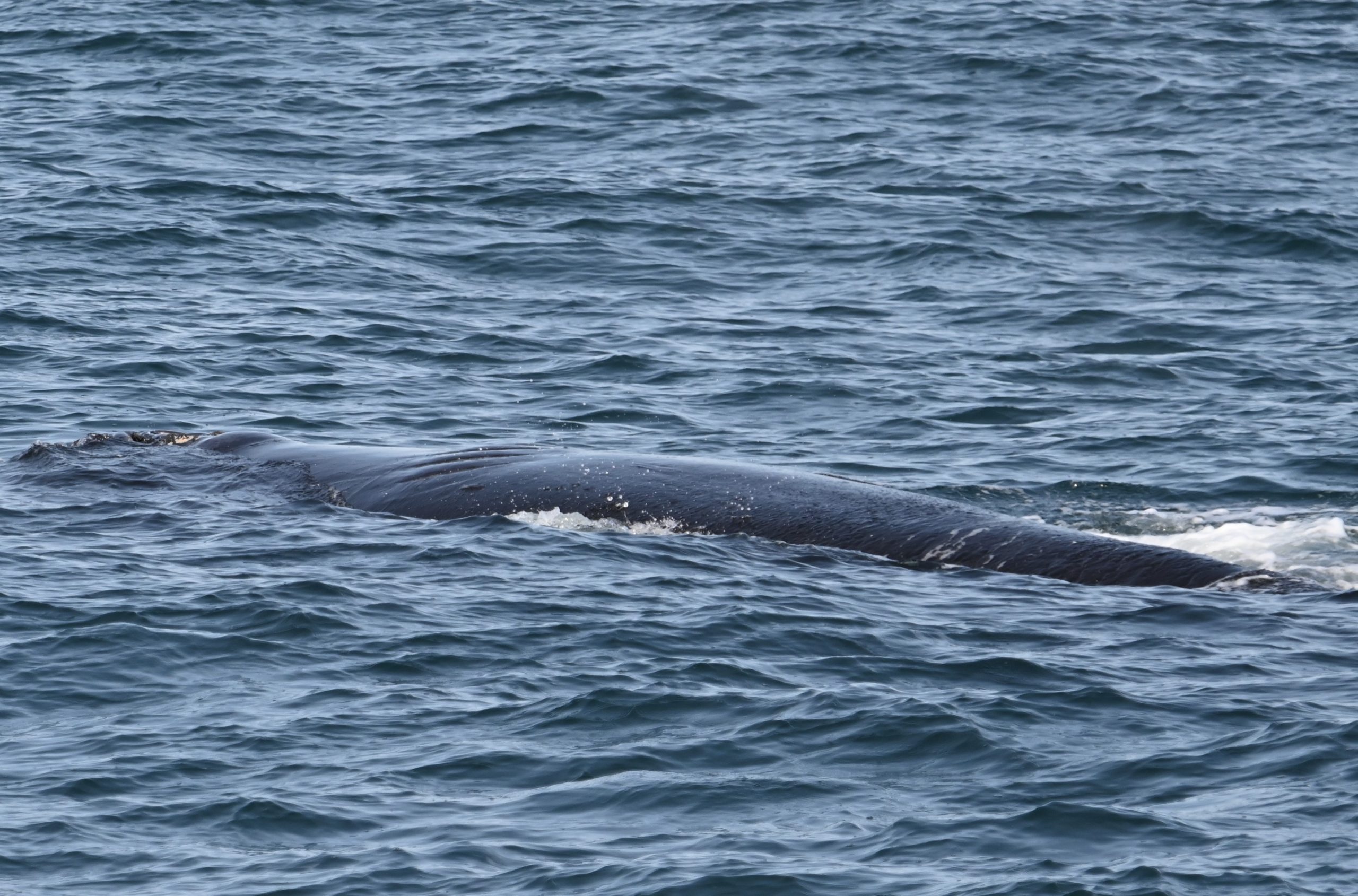
Once our vessel charter and field house rental had ended and all the equipment had been returned to storage, our team was able to meet and reflect on the past few months. While we were disappointed to only get four days on the water due to weather—which wasn’t totally unexpected for a winter vessel survey in the North Atlantic—the bigger challenge was the unpredictable behavior of the right whales themselves. There were many distant sightings that were never seen again after a single surfacing, and the whales we were able to approach still proved difficult to track and photograph. The aerial team agreed that right whales in Southern New England were particularly difficult to spot this season, as was evidenced by the number of whales the plane could not photograph and by the fact that the plane and the vessel often saw different whales in the same locations on the same day.
Despite these setbacks, the right whale team documented 17 individuals over four days, half of whom were only seen from our vessel on a given day, and established a baseline for what vessel-based surveys in the region could look like going forward. This was the first time that the New England Aquarium had a research vessel working in Southern New England, but hopefully, it is just the beginning of many more field seasons ahead.
We’re extremely grateful to Irving Oil for partnering with us on this critical research since 1998! We are also grateful to Irving Oil and the Island Foundation for allowing us to operate during these financially challenging times. This work would not be possible without their generosity.

